A Comprehensive Guide On When and How to Repot Your Home Garden Plants
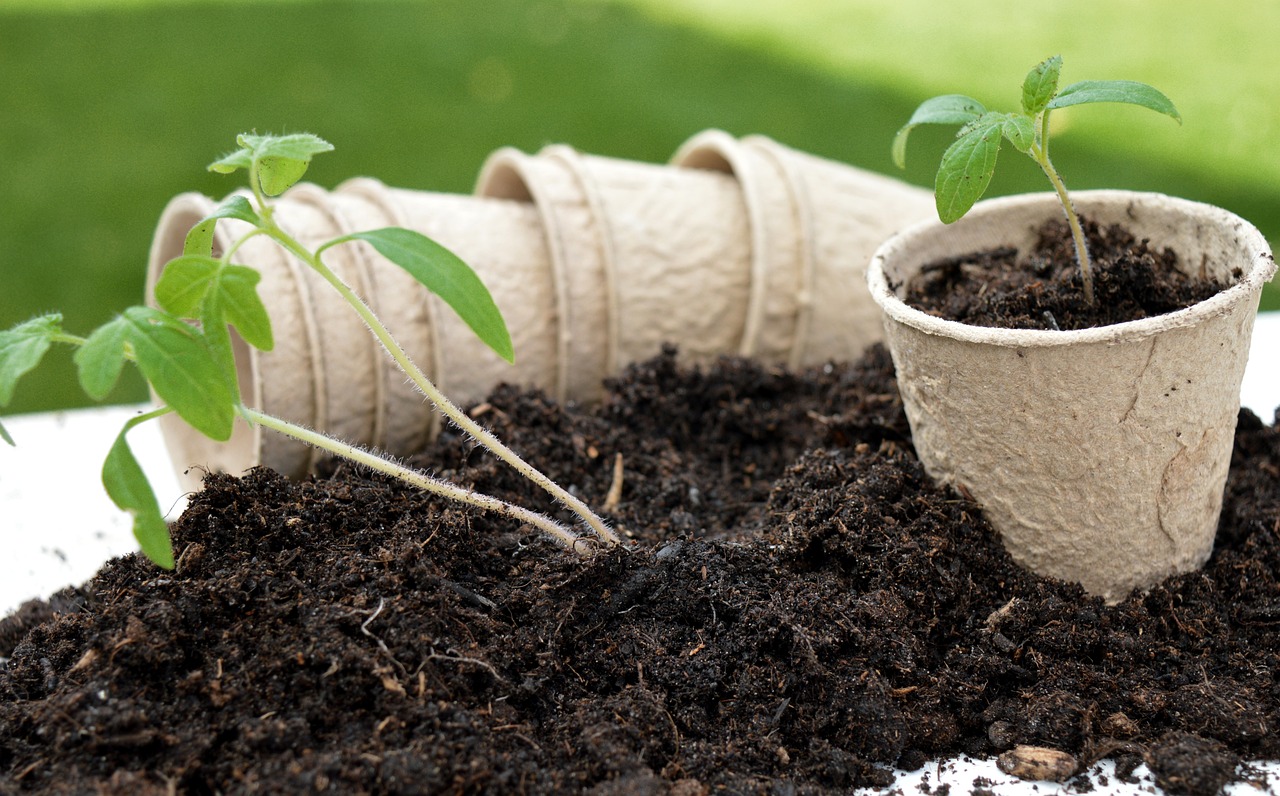
Repotting is one essential part of plant maintenance that directly influences the health and vitality of your home garden plants. Plants eventually outgrow their pots, which can cause several problems, such as nutrition depletion, slowed growth, and root binding.
To maintain your plants’ health and encourage strong development, you must know when and how to repot them. We’ll go over the crucial factors to consider when deciding whether to repot your plants in this extensive guide, along with step-by-step directions on how to do it successfully.
Whether you are an experienced gardener or a new plant parent, knowing how to report can enable you to maintain healthy plants in your indoor or outdoor garden areas. Let’s discuss all there is to know about repotting, from identifying when your plants need a new home to using the best procedures when moving them into bigger pots. With this knowledge, you can create a thriving garden atmosphere where your plants may grow and thrive.

When to Repot:
Repotting your plants at the right time is essential to preserving their health and encouraging maximum development. The following are a few signs that it might be time to repot your plants:
Root Bound
When a plant’s roots exceed the amount of room in its container, the result is a “root bound,” where the roots are tightly packed and frequently spiral around the pot’s interior. The Plant’s growth and health may suffer due to this situation. The Plant may have nutritional deficits and poor development due to the tightly packed roots limiting the Plant’s capacity to absorb nutrients from the soil. Rooted plants may find it challenging to distribute water consistently throughout their root system, leading to unequal water distribution and eventual dehydration. The Plant’s development may become stunted, with smaller leaves and decreased overall vigor, when the roots run out of room to spread. In extreme circumstances, the closely spaced roots may get tangled and broken, reducing the Plant’s ability to take up water and nutrients effectively.
Root-bound plants must be replanted. Repotting moves the Plant into an enormous container with new soil so the roots may expand and develop normally. To promote outward development, it’s crucial to thoroughly release the root ball and remove any circling roots while repotting. This procedure aids the Plant’s renewal by encouraging improved hydration, nutrient absorption, and general vigor. It’s essential to keep an eye out for root-bound plants and report them as necessary to keep them healthy and provide them enough room to grow in your home garden.
Stunted Growth
Being root-bound is one of the many causes of stunted development in plants, which is a widespread issue. The stunted growth results from a plant’s roots crowding together and outgrowing its container, which makes it difficult for the roots to take up water and nutrients from the soil. Root-bound plants’ limited root systems make it difficult for them to take up vital nutrients from the soil. Stunted development may ensue from their lack of availability to the ingredients required for healthy growth. A root-bound plant may have trouble distributing water absorption throughout its root system if its roots are dense and knotted. The Plant’s development may be further impeded by stress and dehydration brought on by this unequal water delivery. The roots have pressed themselves densely inside the container as they have limited space to expand. This restriction inhibits the Plant’s ability to develop a robust root system, which is essential for supporting vigorous growth aboveground. In a root-bound plant, the limited space within the container results in increased competition among roots for available nutrients and water. This competition can further impede the Plant’s growth by depriving it of essential resources.
The Plant must be repotted into a larger container with fresh soil to address the limited development brought on by root binding. One way to relieve the Plant of the growth limitations it was experiencing is to give it plenty of room for its roots to spread out. Furthermore, allowing the Plant to grow can be facilitated by gently loosening and trimming the roots during repotting. You can encourage healthy development and vitality in your home garden by watching for any symptoms of stunted growth in your plants and taking fast action to remedy any root-bound concerns through repotting.
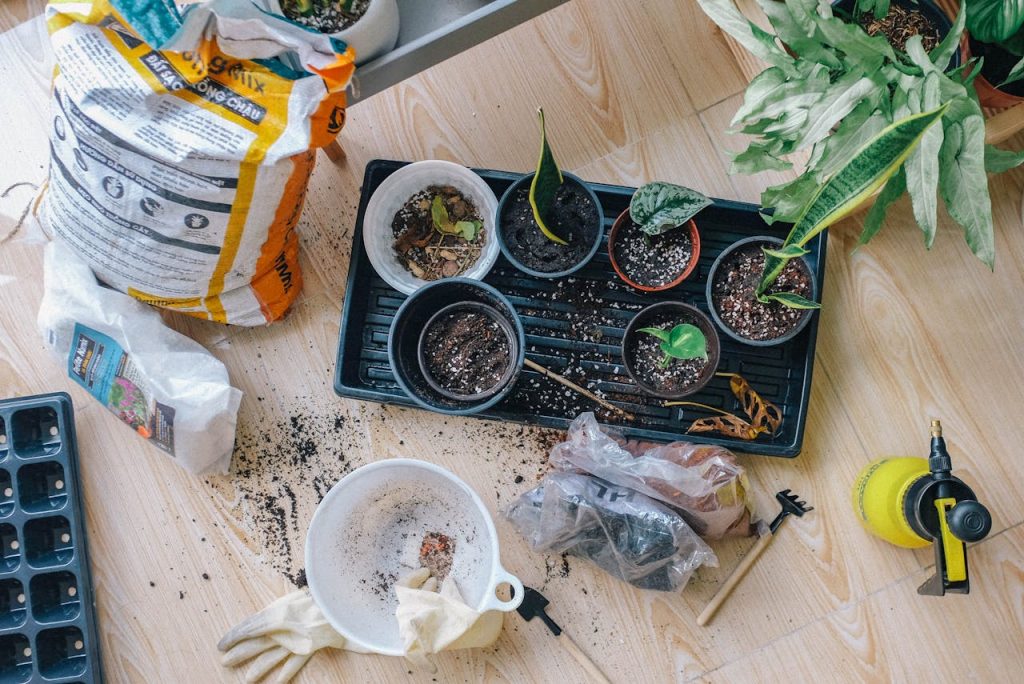
Visible Signs of Stress
Plants can exhibit visible indicators of stress in various ways, and these signs are frequently suggestive of more profound problems like disease, insect infestation, environmental stress, or root-bound conditions. Wilting leaves are a typical sign of stress and are frequently brought on by poor root development, excessive temperatures, or inadequate water uptake. The leaves could seem lifeless, drooping, or twisted downward. Chlorotic or yellowing leaves may indicate problems with the roots, overwatering, underwatering, or nutrient shortages. To treat the underlying issue, it is imperative to identify the precise source of yellowing.
Dry air, direct sunshine, and chemical exposure are environmental stresses that can cause browning of the leaf edges or complete leaves. It could also be a sign of root damage or fungal diseases. Excessive leaf shedding, mainly when it takes place in addition to the Plant’s normal cycle, can indicate stress. Environmental changes, pest infestations, or root issues may trigger this. Slow or stunted growth compared to the Plant’s typical growth rate can signify stress. This may result from inadequate light, poor soil quality, nutrient deficiencies, or root-bound conditions.
Aside from insect infestations, abnormal coloring, spots, or leaf lesions may indicate bacterial, viral, or fungal illnesses. These problems might cause stress for the Plant and harm it in general. Stress can prevent a plant from fruiting or flowering. Inadequate sunshine, unbalanced nutrition, or stress from watering can all lead to fewer flowers or fruits. Extended stress may have a cumulative effect on a plant’s health, reducing vigor, thinning leaves, and losing resistance. Stressors must be addressed quickly to stop further deterioration. It’s critical to determine the root cause of any stress in your plants and take necessary measures to reduce symptoms and restore plant health when you notice these stress indicators. This might entail modifying the surroundings, enhancing cultural practices, treating pests or diseases, or repotting the Plant if root-bound. By addressing stressors promptly, you can help your plants recover and thrive in your home garden.
Watering Difficulties
When a plant can’t efficiently absorb or hold onto water, it causes uneven soil moisture levels, resulting in dehydration or waterlogging. This is known as watering issues. A plant’s roots may become closely packed and impede water absorption when they overrun their container. This may lead to either soggy circumstances, where water remains in the pot unabsorbed, or dry soil that swiftly drains water away from the roots. Compacted soil can prevent water from penetrating and roots from growing. Even regular watering may pool on the soil’s top without penetrating, dehydrating the Plant’s roots. Watering issues can result from either underwatering or overwatering. When the soil is overwatered, the roots are deprived of oxygen, which causes root rot, while underwatering can result in dry, compacted soil that repels water. Containers without adequate drainage holes or soil mixes that retain too much water can contribute to watering difficulties. Excess water cannot escape, leading to saturated conditions that suffocate the roots. Environmental conditions such as high temperatures, low humidity, or windy conditions can increase water loss through transpiration, leading to faster soil drying and watering difficulties.
How to Repot:
Although repotting your plants is simple, it must be done correctly to reduce stress and maintain the Plant’s health.
- Choose the Right Time: When your plants are actively developing, repot them in the spring. Steer clear of repotting while under stress or dormancy.
- Prepare the New Pot: To avoid waterlogging, make sure the new pot has drainage holes at the bottom. To get the Plant to the correct height, fill the bottom of the container with a layer of new potting mix.
- Water Your Plant: Give the Plant a good soak a few hours before repotting. Transferring a plant from its pot without breaking the roots while the soil is moist is simpler.
- Extract the Plant from Its Pot: Gently tap or squeeze the pot’s sides to release the dirt. Using your hand to hold the Plant’s base, gently tilt the container and slide the Plant out. If the Plant is stubborn, gently squeeze the sides of the pot or use a trowel to loosen the soil.
- Examine the Roots: Look for evidence of rot, vermin, or circling in the roots. To promote outward development, gently loosen the roots with your fingertips or trim them with scissors or pruning shears if they seem crowded or are encircling the pot.
- Place the Plant in the New Pot: Make sure the Plant is positioned in the center of the new pot and at the same depth as it was in the previous one. Using a new potting mix, carefully press down the sidewalls to eliminate air pockets.
- Add More Soil and Water: Add potting mix to the pot until the Plant is stable and the soil level is at the appropriate height, leaving a space between the soil and the pot lip of about one inch. Water the plant thoroughly to settle the soil and hydrate the roots.
- Aftercare: Set the transplanted plant in an appropriate area for its species regarding temperature and light. Take the plant out of direct sunlight for a few days to recuperate from being moved.
- Keep an eye on and maintain: Over the next several weeks, watch your repotted plant and adjust your watering and care schedule. As the plant gets used to its new surroundings, have patience.
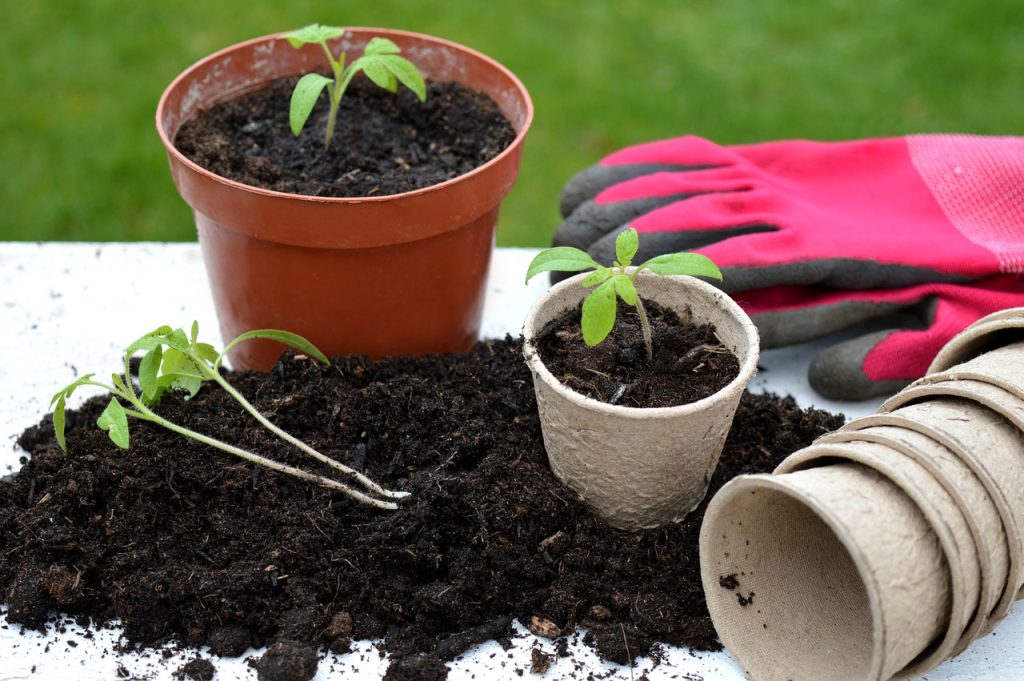
Additional Tips
- Choose the Right Pot Size: A pot too large can lead to overwatering and root rot, while a small pot restricts root growth.
- Use Clean Tools: Sterilize your tools to prevent the spread of diseases.
- Consider Root Pruning: For severely root-bound plants, consider root pruning before repotting to encourage new growth.
- Research Your Plant: Different plants have different repotting needs. Research your specific plant species for tailored care instructions.

Conclusion
To sum up, repotting your plants is essential to plant maintenance that encourages their development, health, and general well-being. You may guarantee the continuous health of your plant in your home garden by identifying the telltale symptoms that need to be repotted and using the proper transplanting procedures. Repotting gives your plant new soil, increased space for root development, and a chance to recover and flourish. Repotting provides a remedy to problems including root rot, restricted development, and plant stress-related symptoms while promoting their long-term health.
When repotting, it’s essential to choose the best time to have the new container and soil ready, handle the plant carefully during the transplanting procedure, and give it enough attention to help it become used to its new environment. With patience and attention to detail, you can successfully repot your plants and create an optimal growing environment for them to flourish. By incorporating repotting into your plant care routine and addressing the needs of your plants as they arise, you can enjoy a thriving and vibrant garden filled with healthy, happy plants.
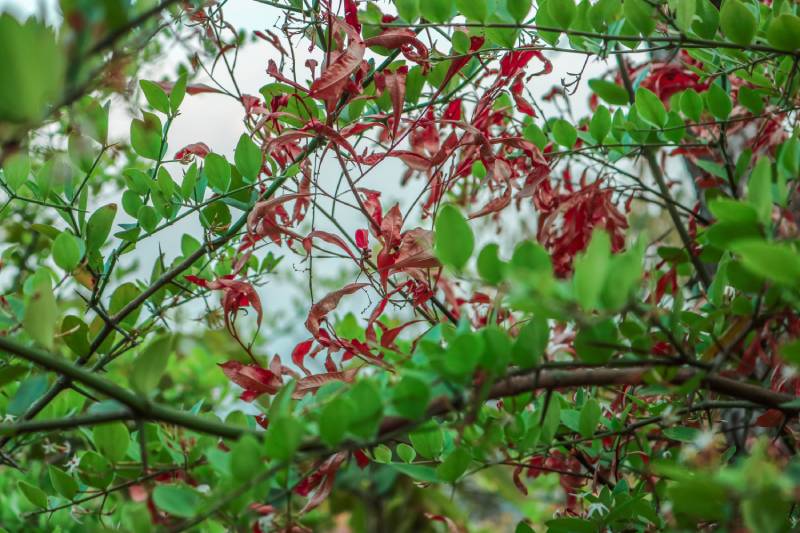
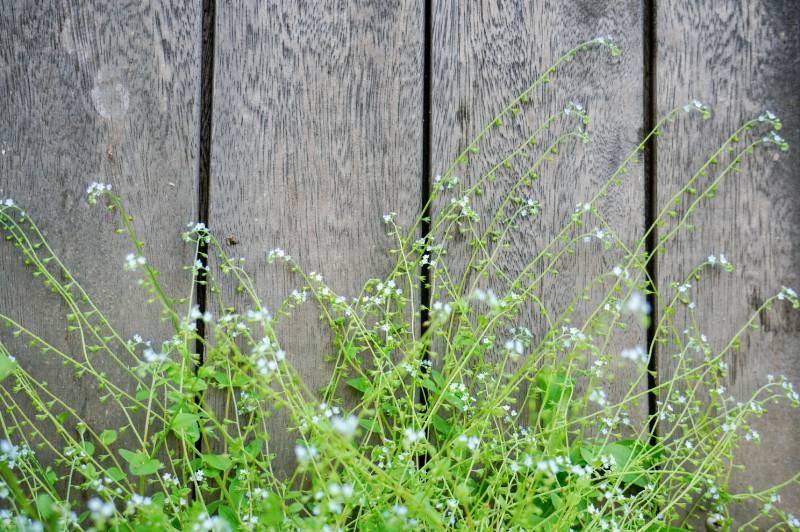

Leave a Reply